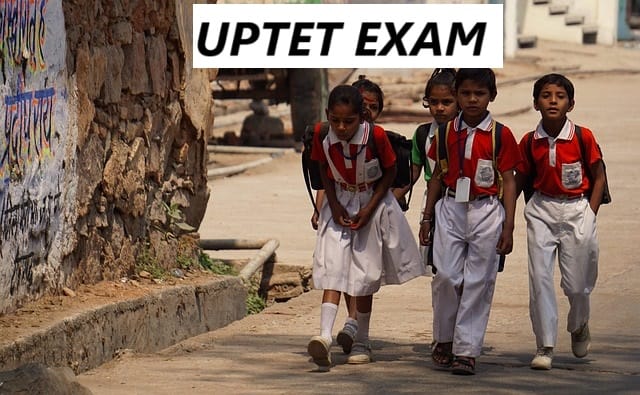Indian Flag Code, Tiranga Rules 2025: Know the Flag Code of India 2025 and learn the correct Tiranga rules for civilians and teachers. Understand how to hoist, display, and handle the Indian National Flag with respect. Includes key national dates and holidays for flag hoisting.
Indian Flag Code, Tiranga Rules 2025: to Hoist Tiranga Properly
Introduction
The Tiranga, our beloved Indian National Flag, is more than just a piece of cloth. It is a symbol of our unity, pride, and sovereignty. Every citizen of India, whether a student, teacher, soldier, or common man, feels an immense sense of patriotism when they see the flag fluttering in the sky.
To ensure that this respect is maintained, the Flag Code of India 2025 outlines proper rules and guidelines for hoisting, displaying, and handling the Tiranga. This blog post is specially written for civilians and teachers so that everyone can celebrate national events with dignity and in compliance with the law.
What is the Flag Code of India 2025?
The Flag Code of India is a set of laws, practices, and conventions that govern the display of the Indian National Flag. It ensures that the flag is treated with respect and dignity at all times.
The latest Flag Code of India 2025 includes:
Updated rules for civilians and institutions.
Guidelines for physical and digital display.
Clarification on night hoisting, material, and size.
Special allowances during national days like Independence Day and Republic Day.
Key Rules to Hoist Tiranga Properly (Flag Code of India 2025)
Here are the main Tiranga rules every civilian and teacher must follow:
1. Material of the Flag
The flag can be made of hand-spun, hand-woven, or machine-made cotton, polyester, wool, silk, or khadi.
Since the 2022 amendment, polyester is also allowed.
2. Size and Proportion
The flag must have a ratio of 3:2 (length to height).
All three colors (Saffron, White, Green) and the Ashoka Chakra must be proportionate.
3. Hoisting Time
The flag can be flown day and night if properly illuminated at night.
Earlier, it was allowed only from sunrise to sunset, but now civilians can hoist it 24×7 with lighting.
4. Position and Manner of Hoisting
Saffron should always be at the top when hoisted vertically.
The flag should be hoisted briskly and lowered slowly.
It should never touch the ground, floor, or water.
5. Where It Can Be Displayed
On schools, offices, public buildings, and homes during national events.
Can be displayed on vehicles of dignitaries (President, Vice President, Governors, PM, etc.).
Civilians can display the flag at home every day.
6. Prohibited Actions (Never Do These)
Do not use the flag as clothing, drapery, or costume.
Do not print the flag on disposable items.
Do not fly a damaged or dirty flag.
Do not dip the flag in salute to any person or thing.
Do not use the flag for advertisements.
7. Disposal of Damaged Flag
If a flag is damaged, it should be destroyed in a dignified way, preferably by burning in private.
Important Dates for Flag Hoisting in 2025
| Date | Occasion | Day |
|---|---|---|
| 26 January 2025 | Republic Day | Sunday |
| 15 August 2025 | Independence Day | Friday |
| 23 January 2025 | Netaji Subhas Chandra Bose Jayanti (Parakram Diwas) | Thursday |
| 23 March 2025 | Shaheed Diwas (Bhagat Singh, Rajguru, Sukhdev Martyrdom Day) | Sunday |
| 14 April 2025 | Ambedkar Jayanti | Monday |
| 2 October 2025 | Gandhi Jayanti | Thursday |
| 30 January 2025 | Martyrs’ Day | Thursday |
These dates are ideal for schools, institutions, and citizens to organize flag hoisting ceremonies.
Tiranga Rules for Civilians
Since the 2002 amendment and subsequent updates, every Indian citizen has the right to hoist the national flag any day, provided they follow the Flag Code of India 2025.
You can hoist the flag at your home, office, or shop.
Ensure proper respect during hoisting and lowering.
Teach children about the significance of the flag.
Tiranga Rules for Teachers & Educational Institutions
Teachers play a vital role in educating the younger generation about the flag.
Organize flag hoisting ceremonies during national days.
Teach students the history and meaning of the Tiranga.
Ensure the flag is hoisted in the correct manner.
Promote the singing of the National Anthem after hoisting.
Meaning of the Tiranga Colors
Saffron (Top): Courage and sacrifice.
White (Middle): Truth, peace, and purity.
Green (Bottom): Prosperity and faith.
Ashoka Chakra (24 Spokes): Law, justice, and continuous progress.
Digital Display Rules of the Flag
The flag can be used in digital format for profile pictures and online campaigns.
It must be displayed in the correct orientation (Saffron on top).
It should not be combined with any commercial logo.
Why Following Flag Code is Important
It preserves the dignity of the nation.
It teaches younger generations about patriotism.
It avoids legal penalties under the Prevention of Insults to National Honour Act, 1971.
Pros & Cons of Updated Flag Code 2025
| Pros | Cons |
|---|---|
| Citizens can hoist the flag any day | Risk of misuse if not educated properly |
| Night hoisting is allowed | Polyester may reduce Khadi demand |
| Encourages patriotism year-round | Needs strict monitoring for compliance |
FAQs on Flag Code of India 2025
Q1. Can I hoist the Tiranga at night?
Yes, as per the 2025 Flag Code, it is allowed if the flag is properly illuminated.
Q2. Can I use the flag as part of clothing?
No, using the flag as clothing or drapery is prohibited.
Q3. Is polyester flag allowed now?
Yes, polyester flags are permitted along with cotton, wool, silk, and khadi.
Q4. Can schools hoist the flag on normal days?
Yes, schools can hoist the flag on any day if they follow proper rules.
Q5. What is the correct ratio of the flag?
The length-to-height ratio must be 3:2.
Disclaimer
This article is for educational purposes only. We do not suggest purchasing any specific products or claim any legal authority. Always refer to official government notifications for updates on the Flag Code of India.

